10 Baggers 2018
30 June 2020
By Maynard Paton
I trust your shares have recovered during the last three months.
A quick summary of my portfolio's second-quarter and year-to-date progress:
- Q2 gain: +7.8%*
- Q2 trades: None.
- YTD loss: -0.9%* (FTSE 100: -16.9%**)
- YTD winners/losers: 3 winners vs 9 losers
(*Performance calculated using quoted bid prices and includes all dealing costs, withholding taxes, broker-account fees and paid dividends. **Includes reinvested dividends)
I am thankful the news from my shares during Q2 was relatively positive. In particular, four of my holdings declared dividends — which seems encouraging given the numerous payout suspensions witnessed of late.
Mind you, I did not escape the dividend cancellations entirely. One of my shares sadly scrapped its payout after admitting the pandemic had led to weaker sales and operating losses.
Just how the market will fare from here is impossible to say. I did not buy during the March lows and remain 25% in cash… so I am naturally hoping the bargains have not dried up just yet!
Let me now outline what has happened within my portfolio during April, May and June. (Please click here to read all of my previous quarterly round-ups). I will then follow up with the 10 lessons I learned from holding a 10-bagger.
Contents
- Disclosure
- Q2 share trades
- Q2 portfolio news
- Q2 portfolio returns
- 10 lessons from a 10-bagger
Disclosure
Maynard owns shares in Andrews Sykes, Bioventix, City of London Investment, Mincon, Mountview Estates, S&U, System1, Tasty, FW Thorpe, Tristel and M Winkworth. This blog post contains SharePad affiliate links.
None.
Q2 portfolio news
As usual I have kept an eye on all of my shareholdings. The Q2 developments are summarised below:
- Creditable results (and a dividend) from Andrews Sykes;
- Acceptable numbers (and a dividend) from M Winkworth;
- Record figures (and a dividend) from S & U;
- Resilient progress (and a dividend) from Mountview Estates and Mincon;
- Weak trading and pandemic losses (and a cancelled dividend) at System1;
- A significant (but not-too-radical) merger between City of London Investment and Karpus Management;
- The re-opening of some restaurants at Tasty, and;
- Nothing from Bioventix, FW Thorpe and Tristel.
Q2 portfolio returns
The chart below compares my portfolio's weekly 2020 progress (in green) to that of the FTSE 100 total return index (in blue):
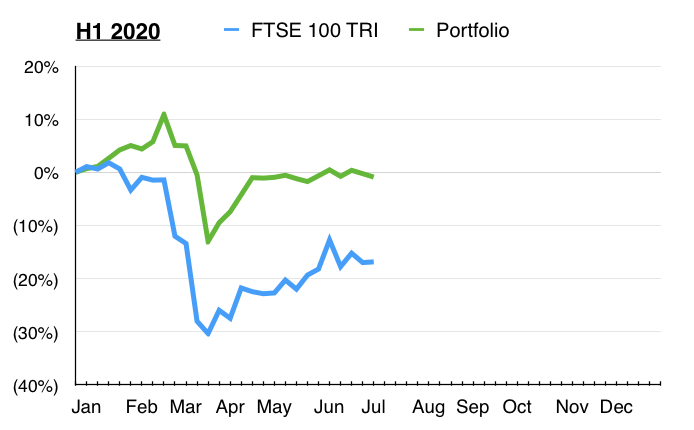
The next chart shows the total return (that is, the capital gain/loss plus dividends received) each holding has produced for me year to date:
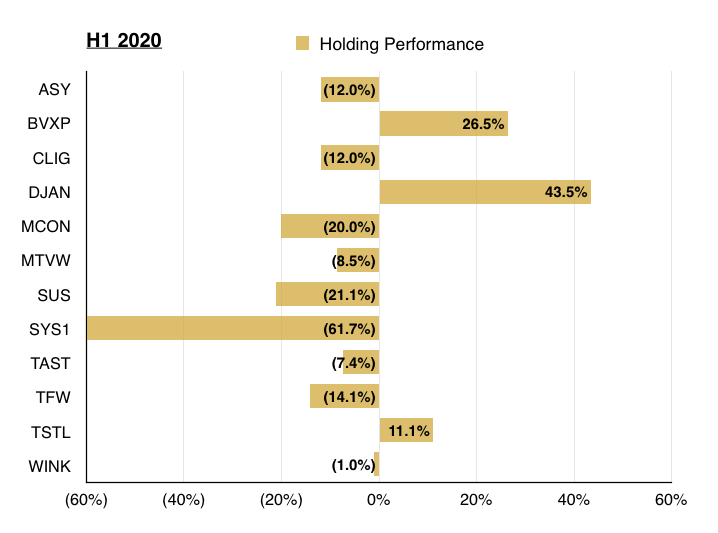
This chart shows each holding's contribution towards my overall 0.9% loss:
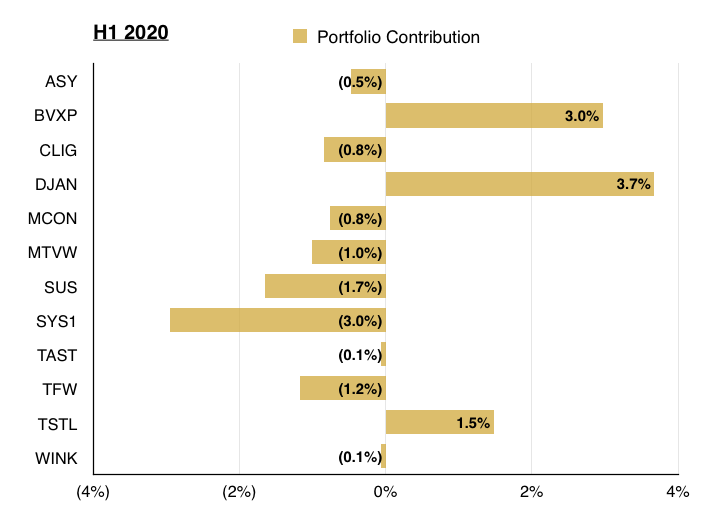
And this chart shows my portfolio's holdings and their weightings at the end of Q2:
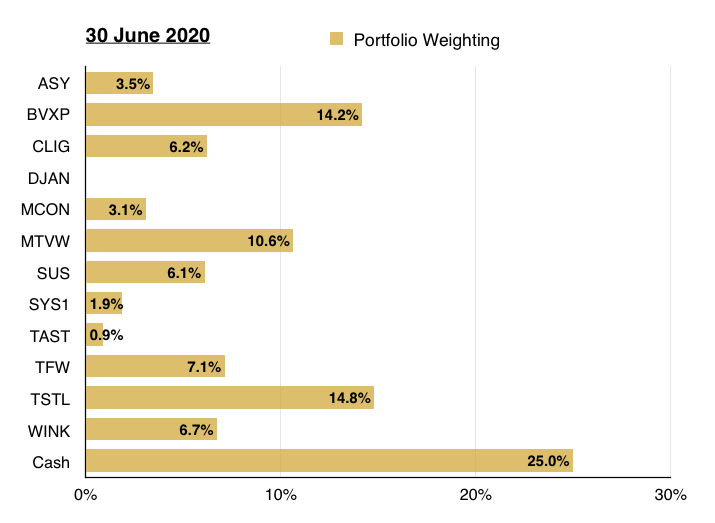
10 lessons from a 10-bagger
I am tempting fate with what follows next.
I have invested for more than 25 years, and my portfolio always seems to fall apart whenever I write about owning a big share winner.
This phenomenon could be due to investment success often leading to overconfidence, complacency and eventually bad decisions. Or perhaps the market gods simply dislike acts of boasting and self-importance.
I trust I will not upset the market gods with this write-up. Yes, the share has rallied 10-fold, but the gains came with plenty of luck and my portfolio has endured a few nightmares during the same time. I simply want to recap the lessons to help us all find more big winners.
The 10-bagger in question is Tristel, the manufacturer of high-level disinfectants.
I first bought Tristel shares on 17 December 2013 at 42p and bought on several further occasions until April 2014. I paid as much as 49p and my average purchase price was 46p including all costs. I have never bought any Tristel shares since.
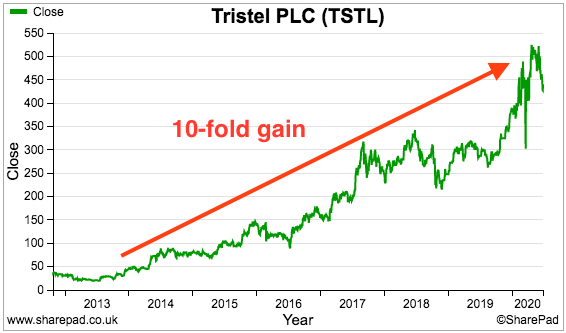
I explained my Tristel investment within this blog post published during March 2014. I have since published 18 blog posts covering Tristel's results and company meetings, so no hindsight is involved. The share price now is 420p and has been as high as 520p.
I trust these 10 lessons can help you find — and keep hold of — your own 10-bagger:
1) You may have to do your own research and read the daily RNS to find the best buying opportunities
I did not discover Tristel from a discussion board, social media or investment magazine.
The company instead first appeared on my radar after reading the daily RNS. Skimming stock-exchange announcements for unfamiliar shares and intriguing statements can occasionally unearth compelling opportunities.
The Tristel RNS that caught my eye was an AGM statement published on 10 December 2013. Here is the full text:
"At the meeting Paul Swinney, Chief Executive Officer, will provide shareholders with the following update: "I am very pleased to report that the strong trading highlighted at the time of our preliminary results has continued. In relation to the six months ending 31 December 2013, unaudited revenues are expected to be in excess of £6 million, which is 36% ahead of the same period last year. We expect unaudited pre-tax profit to be no less than £0.6 million for the period, compared to adjusted pre-tax profit of £0.5 million for the full year ended 30 June 2013 and adjusted pre-tax loss of £0.6 million for the same period last year. As a result we are confident that our full year results for the year ending 30 June 2014 will be ahead of current market expectations. The growth has come from all areas of the business, both within the UK and overseas. We have seen a significant increase in sales of the Tristel Wipes System globally, the Crystel clean room product range has shown encouraging performance and is now contributing to Group profit, and we are seeing the impact of our restructured cost base. We believe that the pattern of growth will continue in the second half."
I calculated pre-tax profit was running at £1.7m a year, which I believed would support a P/E of about 12 given the then £16m market cap.
The 12x multiple looked very modest for a business with 36% sales growth and upbeat management expectations. The valuation and commentary were enough to prompt further research.
Enjoy my blog posts through an occasional email newsletter. Click here for details.
2) You will probably have to study companies with imperfect histories and small market caps
Tristel did not exhibit obvious 'quality' at the time of my purchase. The company floated during 2005 and hit trouble a few years later:

| Year to 30 June | 2009 | 2010 | 2011 | 2012 | 2013 |
| Revenue (£k) | 6,847 | 8,764 | 9,287 | 10,939 | 10,558 |
| Operating profit (£k) | 1,283 | 1,504 | 522 | 757 | 493 |
| Other items (£k) | - | 233 | - | (174) | (2,231) |
| Net finance income (£k) | 2 | (13) | (16) | (6) | (14) |
| Pre-tax profit (£k) | 1,285 | 1,724 | 508 | 578 | (1,750) |
| Earnings per share (p) | 3.42 | 3.84 | 1.27 | 1.77 | (3.16) |
| Dividend per share (p) | 1.70 | 1.83 | 0.56 | 0.62 | 0.40 |
Extra investment in cleanroom facilities and overseas operations knocked both earnings and the dividend during 2011. The haphazard performance continued into 2012 and 2013, as demand for certain legacy products collapsed and a manufacturing agreement was terminated.
The absence of a reliable track record was reflected by the lowly £16m valuation — too small for most investors to bother with… which created the upside potential for anyone enterprising enough to look beyond the shaky headline numbers.
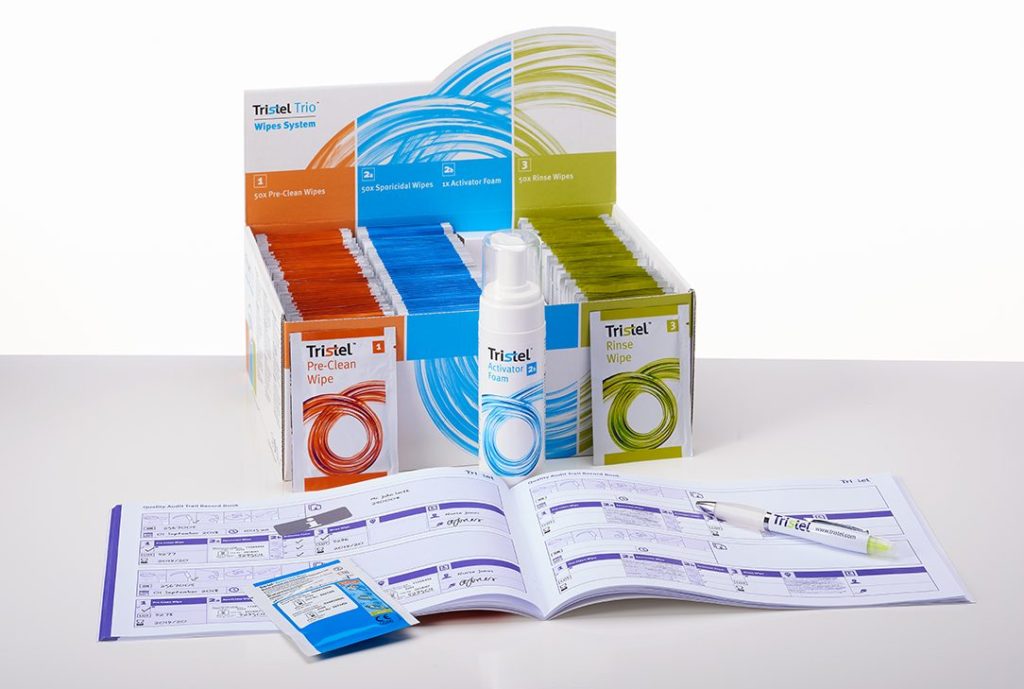
3) You will almost certainly require companies that have a quality product
Tristel did not deliver 10-fold returns just because the shares were cheap. The business had to deliver decent profit growth, and encouraging signs had already been presented within the preceding 2013 results.
The business carried net cash and was still paying a (smaller) dividend, and therefore was not a complete basketcase. The results narrative also contained some very enlightening remarks about the company's products and potential. This paragraph in particular stood out:
"During the year, over 1.7 million disinfection procedures were undertaken by Tristel's proprietary wipe in the 27 countries in which it is commercially available. The Wipes System can fairly be described as having become the principal method of decontamination of nasendoscopes, cardiology and ultrasound probes in those markets it has gained a commercial foothold. However, the potential for substantially higher procedure numbers, even in the markets in which the Wipes System is most established, and in those markets where it has only recently been launched, is great."
I translated all that as follows:
- "disinfection procedures" = healthcare = not obviously cyclical;
- "proprietary" = competitive advantage;
- "27 countries" = can be sold overseas = not limited to the UK;
- "principal method" = market leading;
- "the potential for substantially higher procedure numbers" = growth opportunities.
I also realised Tristel's disinfectants were repeat-purchase items, so revenue would be relatively predictable as well. The underlying products — despite the headline financials —appeared pretty good to me.
4) You may have to meet management for useful snippets to keep you invested
I have followed Tristel carefully for the last six years. The company has hosted numerous results webinars, City presentations and head-office opens days and I have attended most (if not all) of those events during my time as a shareholder.
Interesting snippets can often be picked up when meeting management. For instance, the directors at the first presentation I attended predicted 17% per annum sales growth and pre-tax margins rising to 15% — none of which was disclosed in the results RNS or the presentation slides.
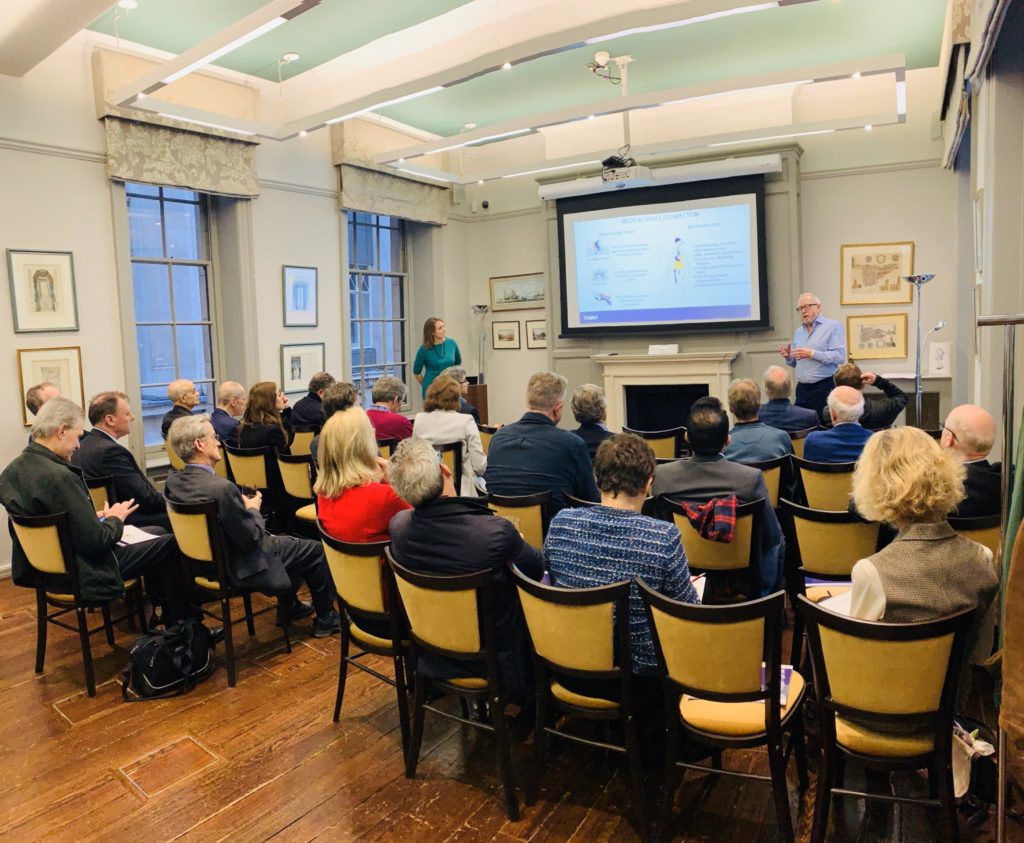
The Q&A is usually the most enlightening part of any company slideshow.
Tristel's management has over time batted away all sorts of questions about patents and competition, and as a result I have developed a greater understanding of the products' inherent strengths. I have in turn become less concerned about short-term growth rates, valuation multiples and the weighting of the investment in my portfolio.
5) You may find a business with a really great product does not require exceptional management
I could have easily foregone this 10-bagger.
I will not recount the full details (you can read them all here), but during 2016 Tristel's executives and senior managers collected a £1m options windfall following — in my view — the dubious disclosure of trading information and of the option plan itself.
I wrote at the time: "[Tristel's] past RNS statements have now given me some doubts about the leadership quality of this business". I sold approximately half of my then holding in response.
Tristel's directors have since told me they "strongly rebut" the allegations of a lack of disclosure and of them "dipping their fingers into the till".
Anyway, I also wrote in 2016:
"Why not sell more? Well, Tristel's medical wipes and its other disinfectants are high-margin products that are used day in, day out in the vast majority of UK hospitals — so the business retains many operating and financial attractions… and may not need superb executives to do quite well.
There is decent overseas expansion potential, too.
And of course, I may be completely wrong about my suspicions about management.
But right now, I feel it's a shame that Tristel's boardroom now looks to be of much lower quality than the products the firm is trying to sell."
Management has since bungled the group's planned expansion into the United States. What was originally claimed to be a two-year project has since turned into a five-year slog with still no end in sight.
I have nevertheless kept the faith with Tristel — and overlooked the subsequent management mishaps — because I am confident the products are good enough to sell in greater volume no matter who is in charge.
6) You will almost certainly 'take profits' on the way up due to portfolio-weighting worries and/or valuation concerns
The best investment problem is deciding when to bank your gains.
Trouble is, top-slicing a share on a 10-bagger journey can appear extremely foolish in hindsight.
Take my first Tristel sale. I sold 19% of my original stake after six months because the share price had surged from 42p all the way to… 79p. You will never go broke taking a profit, but you will never maximise your profit either.
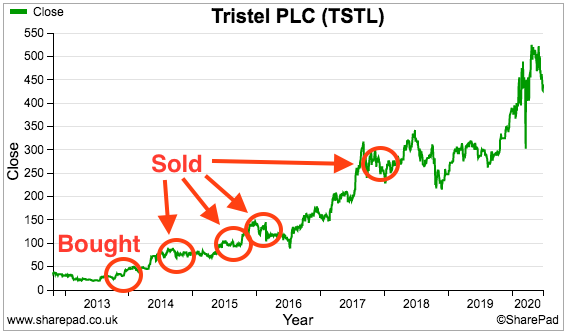
I top-sliced a further 5% of my original stake during September 2015 at 100p. And I disposed of 44% of my original stake during January/February 2016 at 123p due to a mix of the aforementioned options fiasco and my shareholding growing to represent 20% of my portfolio.
I last top-sliced at 289p during September 2017, when I sold 7% of my original stake due to valuation nerves:
"I calculate the near-term P/E to be close to 30 and the medium-term P/E — using somewhat confident growth projections — to be about 25."
I should have just held tight.
I currently hold 25% of my original stake and the shares represent 17% of my portfolio. I can't face calculating what my portfolio would now be worth had I never sold.
Reader offer: Claim one month of free SharePad data. Learn more. #ad
7) Your large paper gains will occasionally shrink as the share price drops significantly
A 10-bagger does not rise in a straight line. Even if you can resist the portfolio-weighting worries and valuation concerns, the share price will experience substantial falls as everybody else frets about the same issues.
The chart below shows Tristel's share price relative to the trailing all-time high:

On three occasions as a shareholder I have watched the price plunge more than 30% from the trailing high. I have learned prospective 10-bagger investors must keep their nerve when markets turn lower.
I was surprised to discover Tristel's shares have traded at 10% or more below their trailing high during half of my time as a shareholder. I therefore can't imagine anyone who follows a 'momentum' strategy could have held on for the full 10-bagger outcome.
8) You will discover 10-baggers are very rare and you should not correlate the attention given to them to the probability of owning one
You are reading this article because the headline mentioned '10-bagger' and you want to know how you can enjoy 10-fold returns.
Bad news I'm afraid — 10-baggers are extremely rare.
Since I first bought Tristel, only 17 out of 1,358 other UK shares have 10-bagged — and a few of those 17 might be erroneous due to suspect SharePad data:
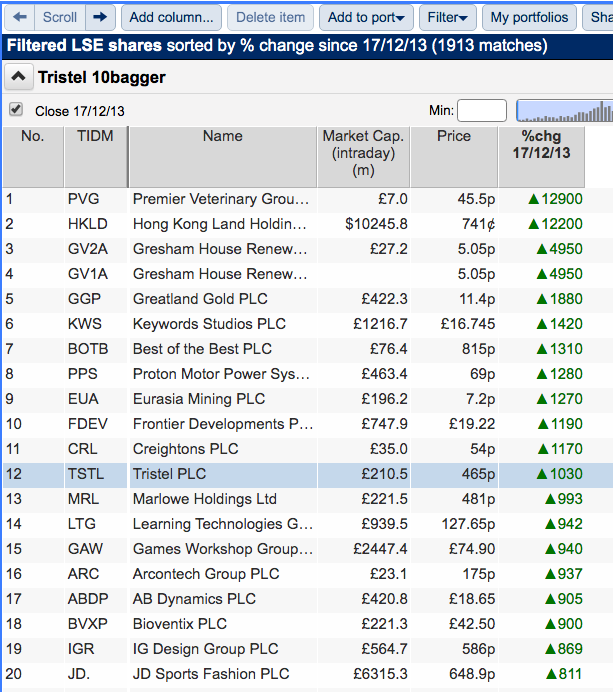
For further perspective, SharePad shows 27 out of 1,167 shares have 10-bagged over 10 years. The 10-bagger count is 37 out of 831 over 15 years and 41 out of 574 over 20 years.
However, these stats do exclude shares that:
- Once 10-bagged only to fall back;
- Once 10-bagged and were then acquired, or;
- Have 10-bagged since 17 December 2013.
But the stats also exclude all the shares that have sunk without trace — which I suspect evens out the odds.
Tristel is the first 10-bagger I have enjoyed during my 25-plus years of investing. That timescale might tell you something about the likelihood of capturing a 10-bagger for yourself. Those 25 years also explain why I have drawn attention to my Tristel 10-bagger — I do not want to wait until 2045 for the next 10-bagger blog opportunity.
9) You will almost certainly require an elevated P/E rerating as other investors become very optimistic
Earnings growth can only take a share price so far. Tristel's underlying earnings have tripled during my time as a shareholder — which would have delivered a 3-bagger had other investors not been prepared to pay a higher multiple for those growing profits.
I first bought Tristel when the P/E was approximately 12. Today the trailing multiple exceeds 40. That P/E 'rerating' is what really drove the share price to 10-bagger status.
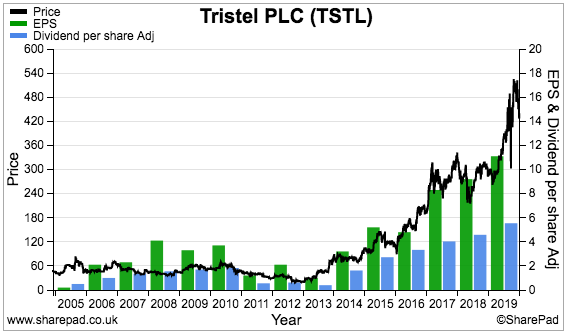
As more investors latched onto Tristel's progress and recognised the company's attractions, the valuation has become ever more extended. Enjoying a 10-bagger almost always requires other investors to become very optimistic.
I am hopeful the optimism is justified. Covid-19 ought to have generated significant sales of Tristel's high-level disinfectants, and I am convinced demand will be sustained as hospitals maintain their new disinfection regimes. But that may be wishful thinking.
10) You will need a lot of luck
The pandemic was of course pure luck for Tristel shareholders — nobody foresaw Covid-19 six months ago let alone when I invested six years ago.
In fact I never dared think the shares would ever get close to 500p and a P/E of 40-plus. My Buy report instead hoped for 100p before 2017.
I was also lucky to read that RNS back in 2013 and fortunate enough to recognise the attractions of the products. I could also attend the company presentations in central London — an option not available to everyone.
I could have easily sold out entirely during 2016, or exited the share on valuation grounds during the following few years. Somehow I stayed in — and rode one of the market's very few 10-baggers.
During my time as a Tristel shareholder I have bought disasters such as System1 and Tasty and bought other shares that have gone nowhere. My portfolio performance during the same six years has been very average despite owning a 10-bagger. I am therefore not an ace stock-picker and can only conclude luck must have played a significant role.
Let me round off by wishing you the best of luck with finding your own 10-bagger. In the meantime I have my fingers crossed that this write-up has not upset the market gods.
Until next time, I wish you safe and healthy investing.
Maynard Paton
PS: You can receive my blog posts through an occasional email newsletter. Click here for details.
Source: https://maynardpaton.com/2020/06/30/q2-2020-10-lessons-from-a-10-bagger/







Tidak ada komentar:
Posting Komentar